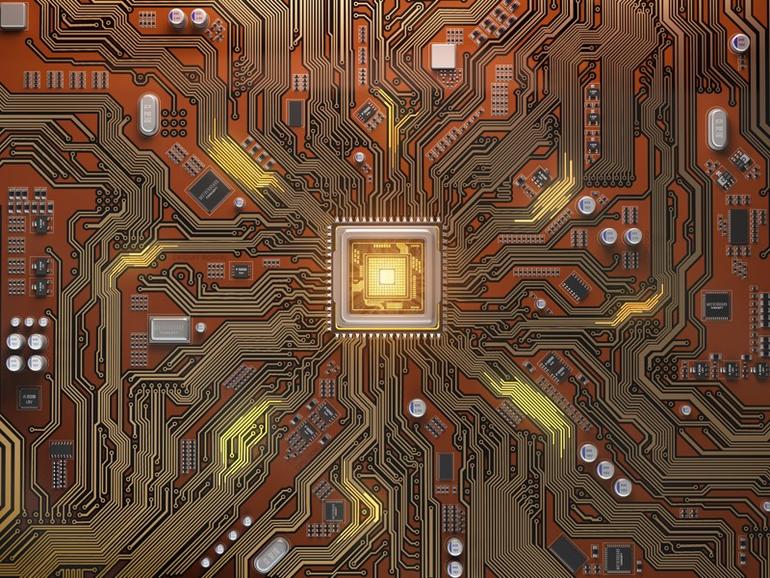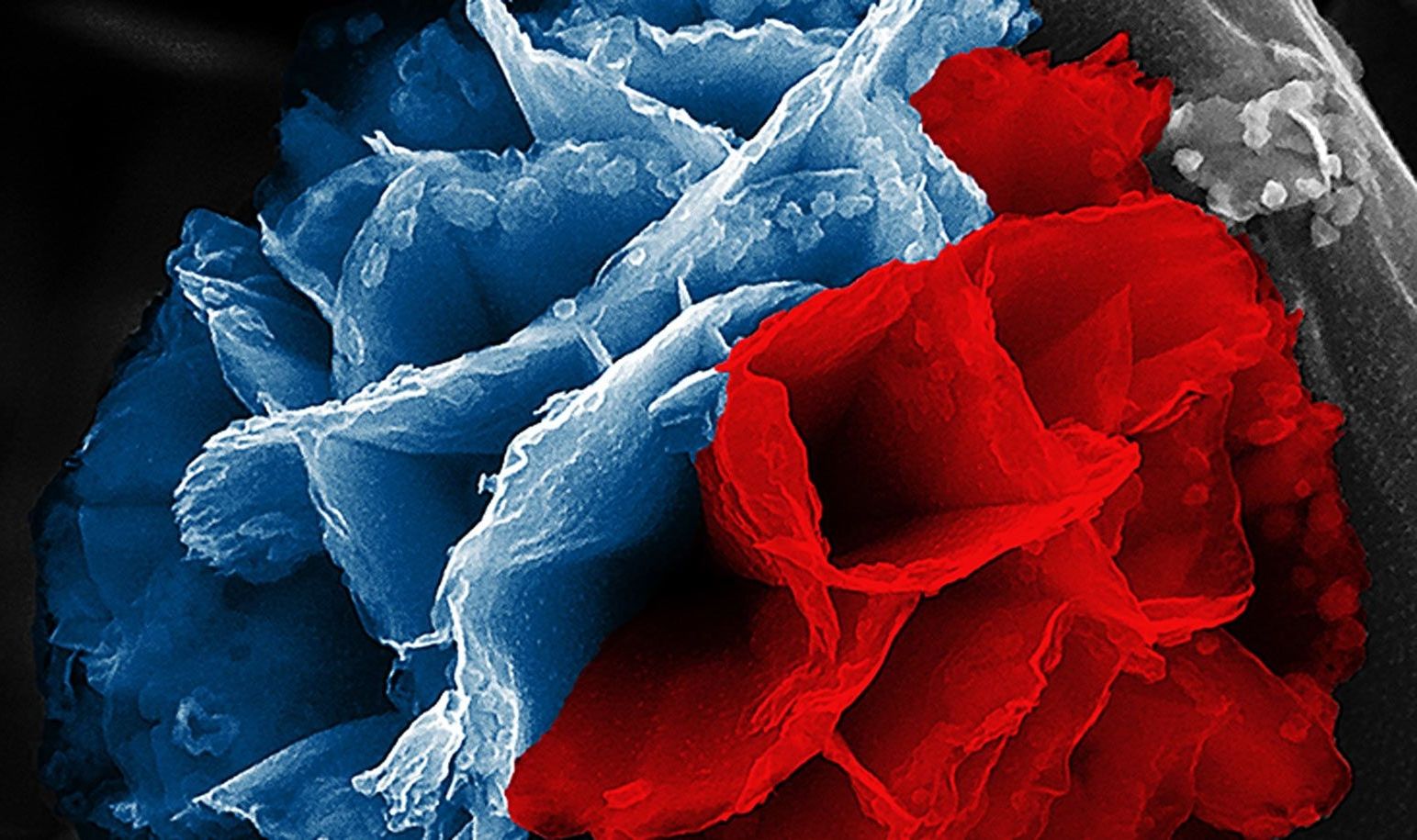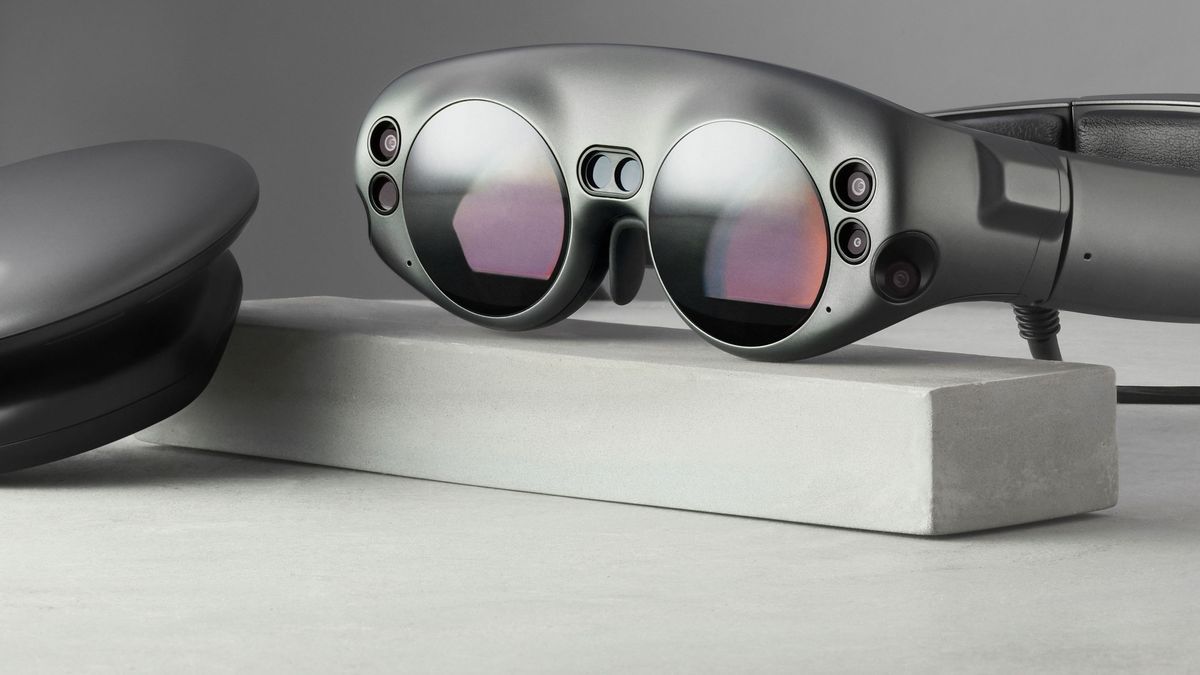Push Beyond Your Limits. Go Stronger, Longer, and Safer.
Experience the first of its kind robotic powered exoskeleton to superpower your knees during alpine skiing and snowboarding. The sensors and the software on the exoskeleton senses user intent and automatically adjusts torque at the knee via air actuators effectively mimicking the quadricep muscles. The device is fully programmable and automated but with manual overrides thus always keeping user in control.
Extend your ski day, access longer challenging terrain, make stronger turns, or simply enjoy the sport without the pain. All the while keeping your knees safer.








